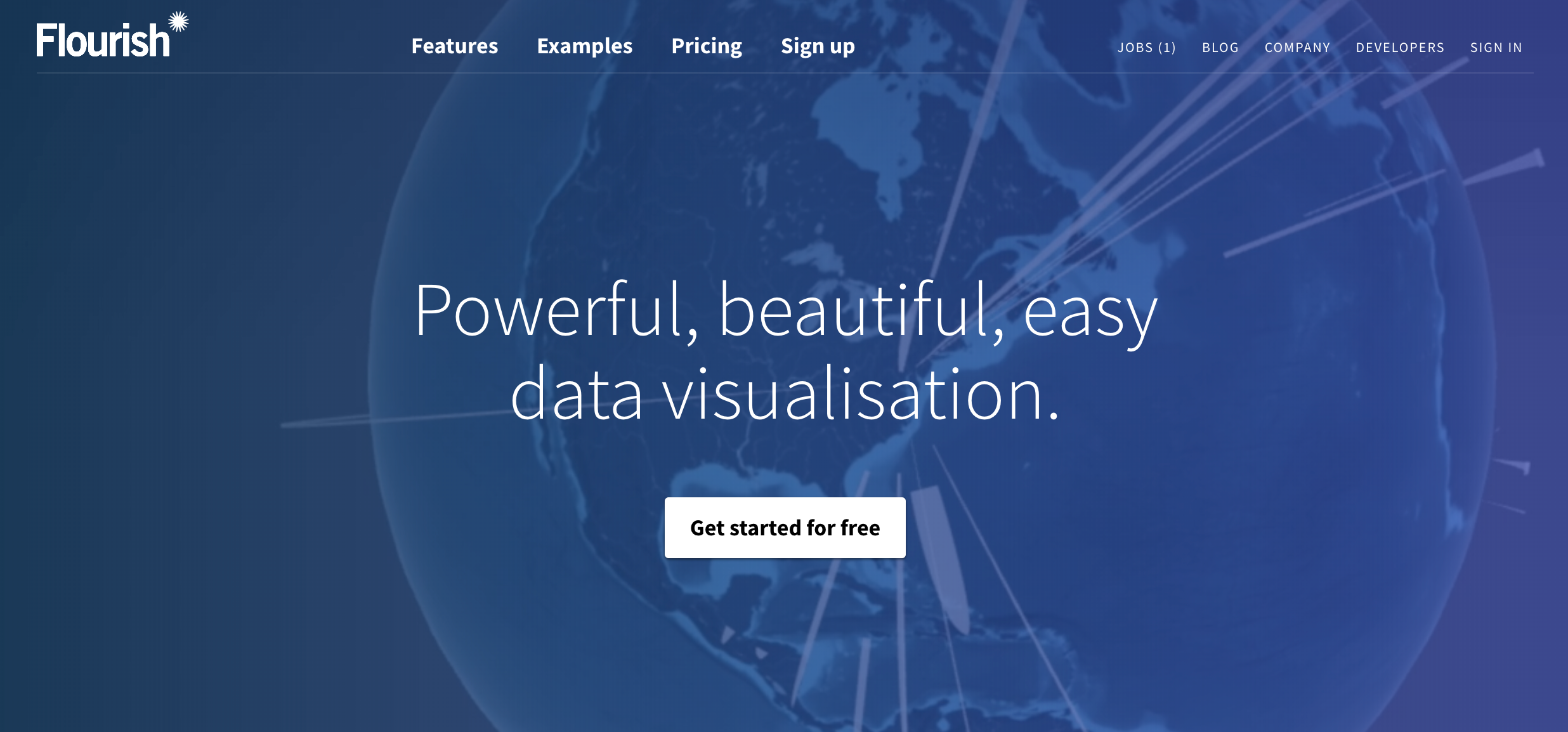It can be a challenging climb to reshape how people think about solving problems. We encounter this challenge daily as we work to build the best solution for communicating data the world has ever seen. We operate in an arena where good-enough solutions — Excel, PowerPoint, and other visual analytics tools — have left people with deeply-rooted habits and a blasé acceptance of the status quo. That’s not good enough for us, and it isn’t good enough for these six companies that are rethinking how business tools should work:
Slack
Slack is the current king-of-the-hill for shaking up the status quo. Sure, we had email, file sharing, and messaging apps before Slack, but we didn’t have single, elegant tool for team collaboration.
What’s cool about it?
Slack made integrations easy from the start. We use everything from ChatOps with our development team to HeyTaco for everyday appreciation of our colleagues. Slack's approach to 'channels' found the right balance for open communication by topic.
Flourish
I only recently stumbled across the excellent visualizations available through Flourish. There are many, many tools for putting data visualizations on a screen; few vendors are so obviously passionate about their craft.
What’s cool about it?
Flourish is more than another charting library — they are making world-class visualizations accessible. I was particularly impressed by the clever use of animation in those visualizations. At Juice, we appreciate that new users won’t always be able to read a visualization without some guidance. Animation can help draw a user’s attention to the most important information right off the bat.
Kialo
Kialo is “a debate platform powered by reason.” It cuts through the noise of social and online media by removing the worst parts of debating online (trolls, fake statistics, unrelated cat gifs) while strengthening the best.
What’s cool about it?
Kialo creates a structured dialogue with visualization, voting, and commenting. Whether discussing politics or the merits of a new project, Kialo has focused on an overlooked need: a place other than the comments section to examine arguments and consider new viewpoints.
Typeform
Typeform is "the versatile data collection tool for professionals." It's a thoroughly modern survey-building solution that I’ve enjoyed using for over a year.
What’s cool about it?
Typeform's survey-authoring interface is remarkably intuitive. Adding questions, structuring logical flows, and navigating your survey is silky smooth. Similarly, the end-user experience is beautifully designed with selectors and animations that make it (almost) fun to fill out a survey.
Beautiful AI
From the founder of SlideRocket, Beautiful AI is a next-generation solution for creating web-based presentations. They say all you have to do is "think of an idea, choose a template, and get to work."
What’s cool about it?
Beautiful AI has taken a giant leap past a tool like Google Slides. It comes with a collection of smart slide layout templates. Better yet, these slide layouts automatically update as you add more content. The tool also comes with an easy-to-use integration with third-party image libraries so you can incorporate pictures into your presentation.
Toucan Toco
A data storytelling solution to build data apps for your business. We may be a bit biased, but that sounds awesome.
What’s cool about it?
While I don’t have hands-on experience with this solution, I love their message. Like Juice, they see the need to:
Communicate data to non-analysts with guided narratives ("Address the remaining 99% of your employees”)
Create targeted applications that solve specific business problems (“A business need = an app”)
Include simple, clear data visualizations ("The comfort of using consumer apps, finally in a business setting”)
Honorable mentions
Quid: Quid puts the world’s information at your fingertips, drawing connections between big ideas.
Skuid: Accelerate deployment of personalized applications that let your business people drive innovation, without the wait.
Trifacta: Trifacta enables anyone to more efficiently explore and prepare the diverse data.
Datawrapper: Datawrapper makes it easy to create beautiful charts.
Thinking about changing the way you work? Check out our app trial process. Download the info sheet below to learn more.




















